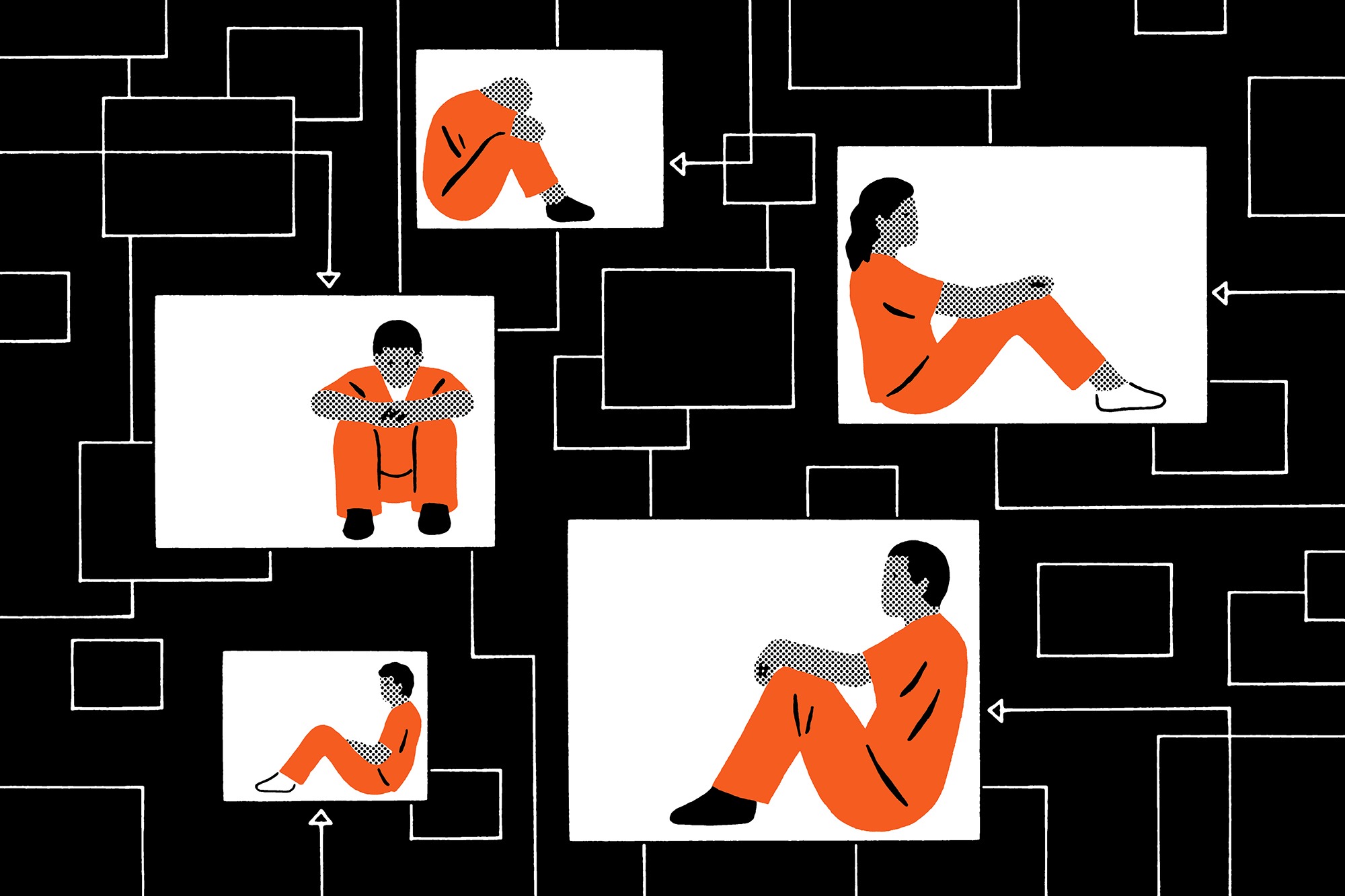
Exposure to the criminal justice system increases some of the risk factors used to predict recidivism and re-arrest, according to new research out of Columbia University Mailman School of Public Health. For every arrest or conviction an adolescent experienced, their levels of antisocial attitudes, behaviors, and number of peers became subsequently higher. Findings provide new empirical evidence for an old claim–that exposure to the criminal justice system criminalizes people further. Results raise concerns about transporting risk assessments for predicting recidivism to other points in the criminal justice system. Findings are online in the journal Law and Human Behavior.
While “criminogenic” risk assessment is considered an evidence-based practice for predicting recidivism, that evidence comes entirely from people who are already entrenched in the criminal justice system. These latest findings show that it would be inappropriate to use the same risk assessments on people who haven’t been exposed to the criminal justice system.
“Risk assessment, and algorithmic prediction more broadly, is being heralded as a key component of criminal justice reform,” said Seth J. Prins, PhD assistant professor of Epidemiology and Sociomedical Sciences and author of the study. “But these findings suggest that current risk assessments cannot fully distinguish between individuals’ propensities and the fact that they have already been criminalized by a runaway criminal justice system.”
Data for the analysis came from 500 boys followed from ages 7 to 28, recruited from all public schools in downtown Pittsburgh in the late 1980s. In each survey wave, they were asked about their attitudes toward delinquent behaviors such as stealing, vandalism, fighting, and drug selling. They were also asked how many times they had engaged in those behaviors, and how many of their friends engaged in those behaviors.
Prins used a combination of techniques to rule out alternative explanations for his findings. He estimated the cumulative effect of arrests and convictions, respectively, on adolescents’ antisocial attitudes, behaviors, and peers, respectively. He controlled for a host of other factors including demographics; school performance; mental health; parental supervision, stress, and conviction history; and neighborhood characteristics. He also estimated the effect of an arrest or conviction in the prior survey wave on subsequent antisocial characteristics, with models that controlled even for unmeasured stable factors.
“Some proponents of risk assessment claim that it taps into the origins of crime,” said Prins, “but in the era of mass incarceration, the idea that risk factors for staying trapped in the criminal justice system are the same as the risk factors for initial exposure to the system ignores all the social, economic, and policy-related factors that have nothing to do with individual characteristics. We need to focus on what puts people at risk of criminogenic risk, and one of those things, arguably, is current criminal justice policy.”

